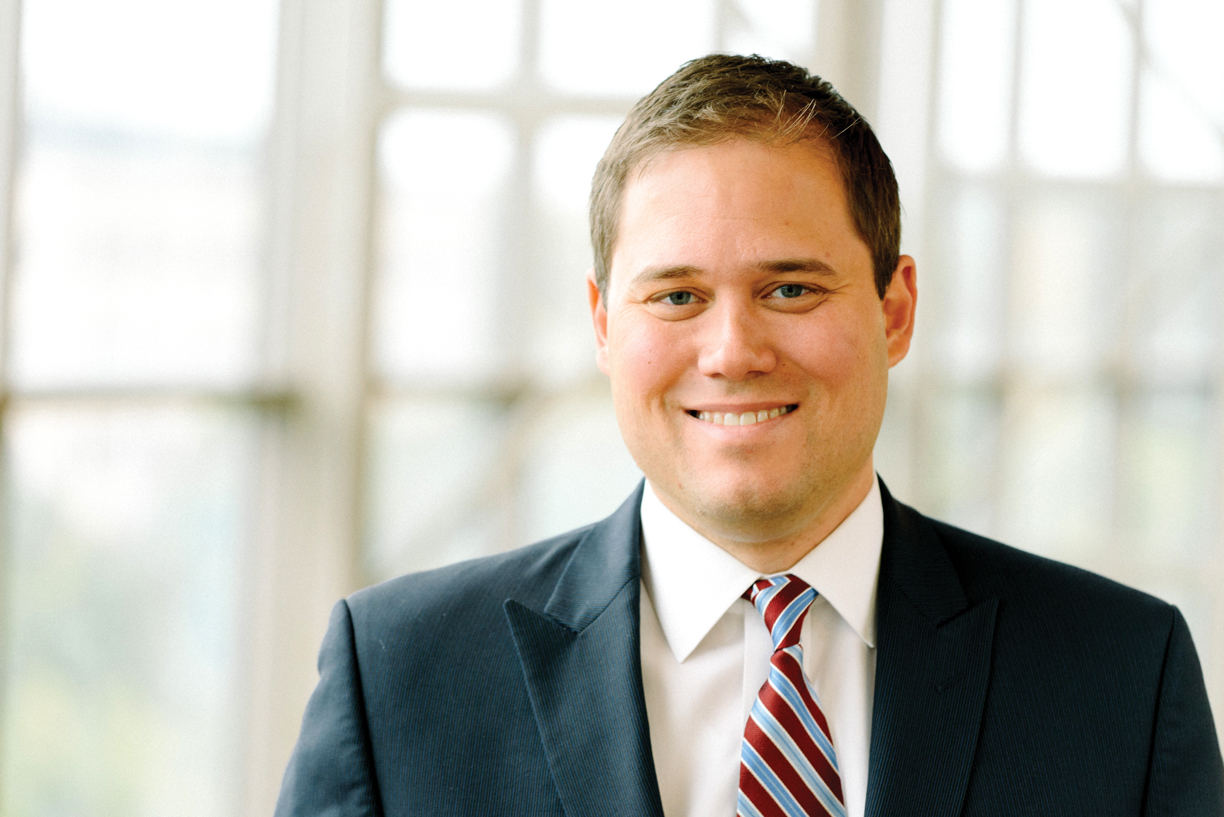
Kathy Shaw of Oklahoma City was less than six months out from treatment for breast cancer when she learned that she had nodule on a lobe of her lungs that was cancerous.
It was more than she could bear to think about. She had just undergone a double mastectomy, chemotherapy and radiation, and the idea of undergoing another major surgery was disheartening. She was told that lung cancer surgery would involve a large incision, the spreading of her ribs to access the lungs and a lengthy hospital stay and recovery.
“I went ahead and made the appointment for the surgery, but in my heart, I didn’t feel like I would go through with it,” she said.
Instead, she began looking for another option. That search led her to J. Matthew Reinersman, M.D., a thoracic surgeon at Stephenson Cancer Center at OU Medicine. Reinersman and his colleague Subrato J. Deb, M.D., are the only two surgeons in Oklahoma who specialize in a minimally invasive surgery for lung cancer called VATS – Video-Assisted Thoracoscopic Surgery. The surgery, which requires only three small incisions, removes the cancer while giving patients a much shorter hospital stay, less risk for complications and faster recovery.
“I had the VATS surgery, and I went home after two days,” Shaw said. “I think I took one or two pain pills, but I didn’t experience what I would call real pain. Because of the procedure and Dr. Reinersman, my recovery has been pretty remarkable.”
Reinersman has been performing VATS for patients with lung cancer since he arrived at Stephenson Cancer Center four years ago. Studies have shown VATS to result in outcomes that are just as good as those in a traditional, open surgery, but with all the benefits of a minimally invasive procedure.
In the traditional procedure for removing cancers of the lung, surgeons make a large incision on the patient’s side and push apart the ribs to reach the lungs. This results in significant pain for the patient and a hospital stay of at least five to seven days, which then leads to greater risk of pneumonia, blood clots and infections.
During VATS, Reinersman makes three small incisions to insert a tiny camera and his surgical instruments. The camera transmits images of the lungs onto a video screen to guide the surgery. Depending on the location of the cancer, he may remove a small part of the lobe, the entire lobe or more of the lung. Nearby lymph nodes also are dissected to ensure the cancer has not spread.
“The advantage is that we can get patients out of the hospital as soon as one to three days after the procedure,” Reinersman said. “They have less pain, fewer side effects and can return to their normal activities faster.”
The reduction of pain is a significant advantage of VATS. Patients having open surgery for lung cancer usually receive an epidural catheter in their backs for pain control. Pain must be managed because patients need to be able to take deep breaths and cough to lower their risk of getting pneumonia – something they won’t do as well if they are hurting. Because VATS is minimally invasive, no epidural catheter is needed and pain is greatly minimized. Surgeons also use nerve blocks to provide long-acting pain control in the nerves that run along the ribs.
“When I see my patients back in the clinic a couple of weeks after surgery, they’re usually taking little to no pain medicine and they’ve resumed doing most of the things they want to do. It’s really gratifying,” Reinersman said.
Reinersman considers VATS for any patient with lung cancer, but the best candidates are those with Stage 1 or 2 cancer, he said. VATS is also preferable for patients who have borderline lung function because the procedure is easier for them to tolerate than an open surgery.
In Shaw’s case, she has never been a smoker. About 20 percent of people diagnosed with lung cancer are non-smokers, Reinersman said.
“That shows the importance of lung cancer screening and early diagnosis and treatment,” he said. “It’s not a death sentence. If we can catch it early, we can get them through it. We’ve done hundreds of VATS surgeries here.”
Many surgeons will use VATS for simple surgical procedures in the chest, but Reinersman and Deb are experts in its use for removing lung cancer, a more technically complicated surgery. The surgeons also are unique because they focus solely on surgeries of the chest and esophagus, whereas many cardiothoracic surgeons focus mostly on the heart.
OU Medicine is also the only institution in Oklahoma that submits its lung cancer surgery data to the Society of Thoracic Surgeons General Thoracic Surgery Database, where it can be viewed by the public. OU Medicine’s two-star rating is equivalent to that of larger institutions like Mayo Clinic and M.D. Anderson.














